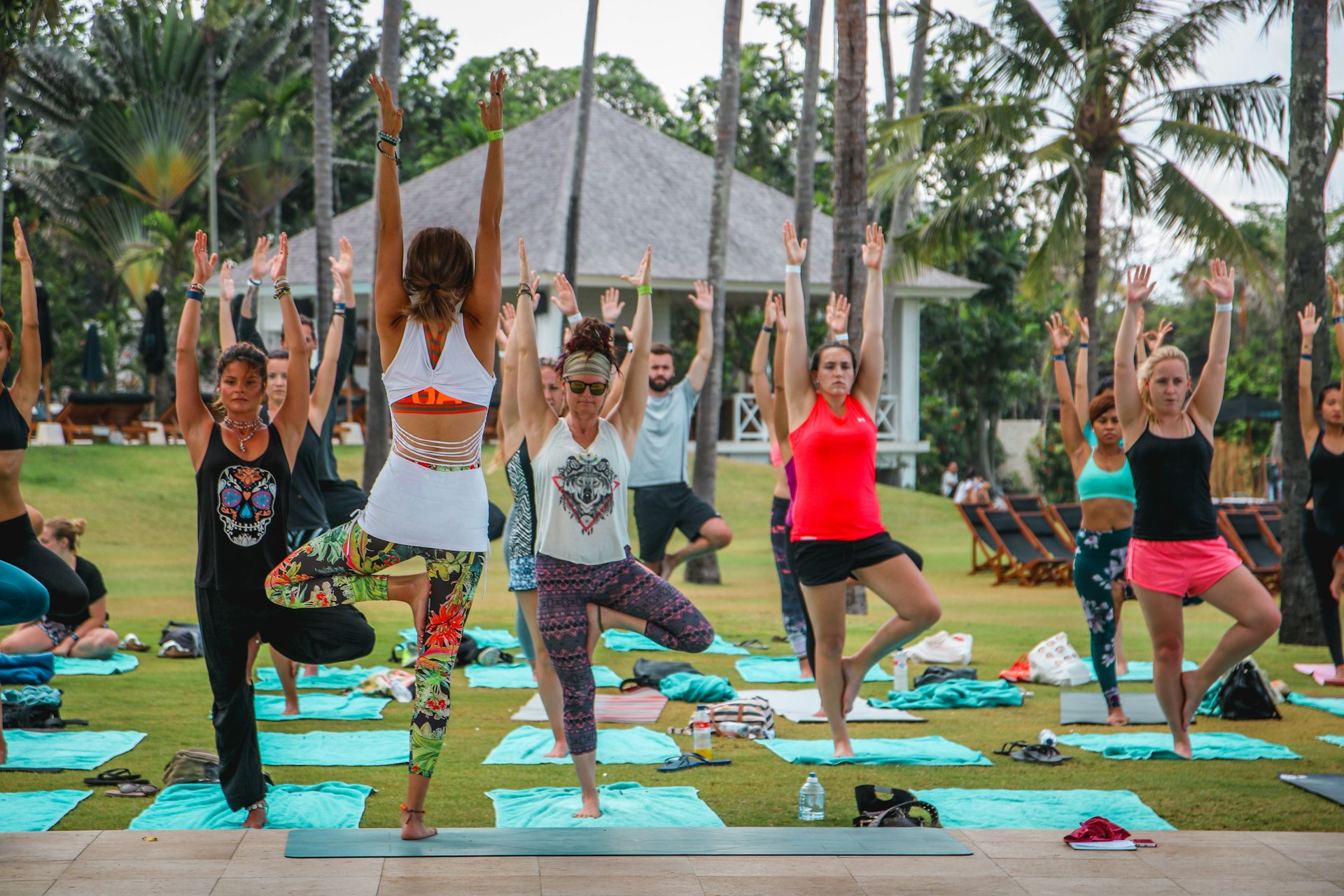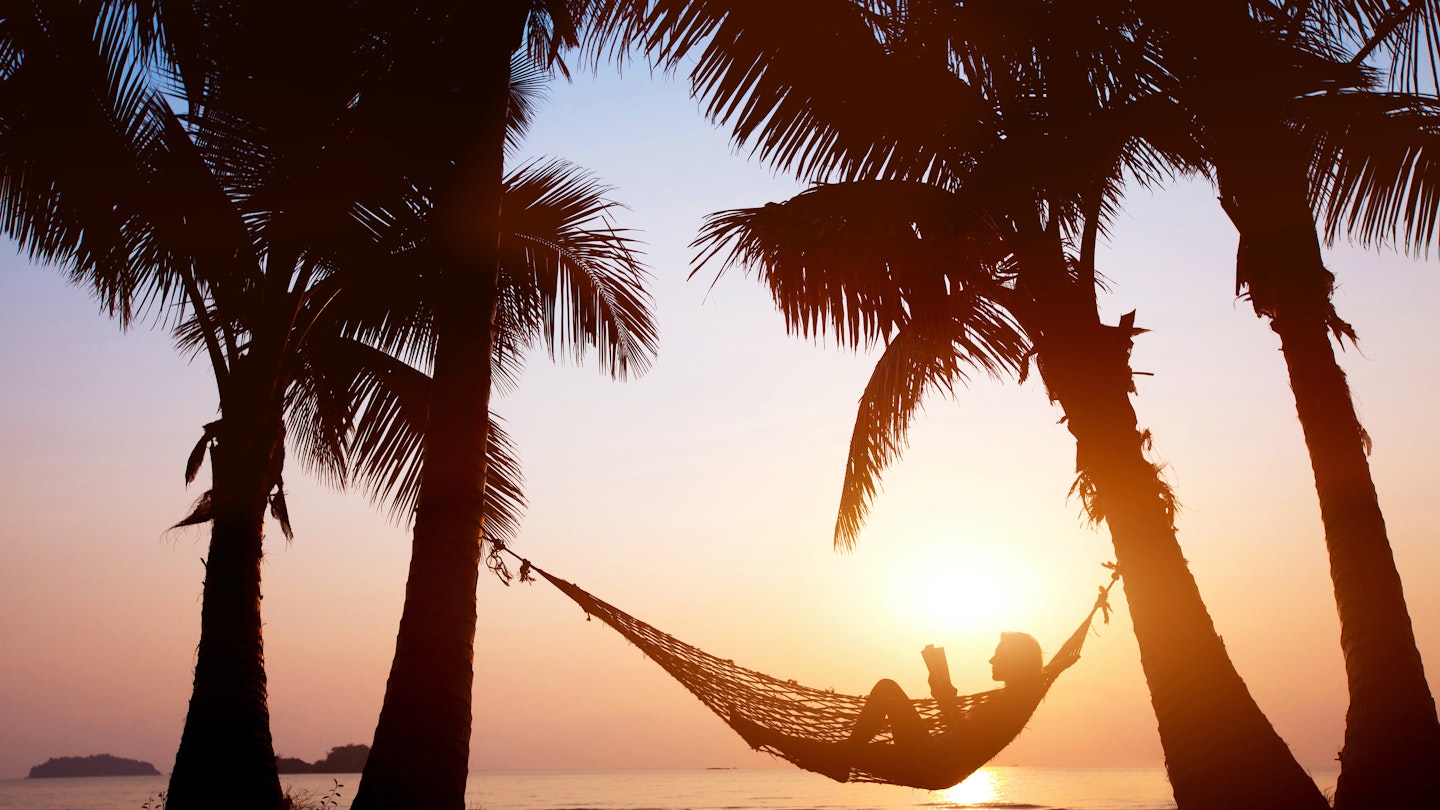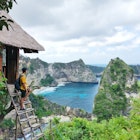With awe-inspiring scenery, dense layers of culture, plenty of sun, surf and sand, and balmy temperatures year-round, Bali calls out like a beacon to adventurers, sun-seekers and travelers who like to truly immerse themselves in the countries they visit. Whatever your travel tastes, you'll find rewarding things to see and do in Bali at any time of year.
The dry season, from April to September, is the most enjoyable time of the year for outdoor activities, including basking on beaches, hiking, surfing, sailing, diving and canyoning. Visit during the wet season (November to March), and you'll experience frequent downpours, but there's good surf on the east coast, and you can still enjoy the outdoors, especially in drier areas in the east and north of the island. Temperatures in Bali don’t vary much from season to season, hovering between 28°C and 32°C (82°F to 90°F) year-round, though it's often cooler in mountain areas. Whatever you're looking for in Bali, here are the best times to come.

The high season (July–August and December) is the best time for festivals and partying
The high season in Bali coincides with the traditional summer vacation season in Europe, America, and Australia in July and August. It's the height of the dry season and the peak time for surfing on the west coast at the breaks around Canggu and Seminyak. Bali's original beach hub, Kuta, can be mobbed at this time of year, as many travelers come here specifically for the party season.
Most parts of Bali are inundated with visitors in summer, as tourists come to sample the island’s many delights and enjoy some of its most colorful festivals. Indonesia celebrates its independence from colonial powers on August 17 with plenty of pomp and fanfare. Expect entertaining parades and street parties in the bigger towns.
The period around Christmas and New Year also sees a large influx of travelers seeking a reprieve from cold northern winters. Many hotels, restaurants and other venues organize special dinners and entertainment to mark the festive season. New Year’s Eve is particularly memorable, with spectacular fireworks at midnight to help you rock in the new year in style. Key events to look out for are the Pemuteran Bay Festival, Penglipuran Village Festival and, of course, New Year’s Eve celebrations.
High season means high prices and pressing hordes in tightly-packed tourist areas; for a quieter experience, seek out more remote spots such as Nusa Penida and Pemuteran.

The shoulder season (April–June and September–October) is best for adventurous travelers
The shoulder season in Bali falls at either end of the dry season, when the weather is either improving after the rains or getting slowly wetter after the dry months. Things are quieter without the summertime crowds, and the weather is normally still dry enough for outdoor activities. However, the two-week Easter spring break can get very busy in tourist areas such as Kuta and Legian.
May marks the surfing season in full swing on the west and south coasts, and rafting, trekking and spelunking beckon adventure sports fans.
As rain showers in October are more frequent than in the dry summer months, plan to spend some time indoors visiting temples, museums and cultural institutions in Ubud, Denpasar, and other centers for Balinese culture. Top international events in October include the Ubud Village Jazz Festival and the Ubud Writers and Readers Festival.

The low season (January–March and November) is best for budget travelers
Bali’s low season coincides with the rainiest months of the year, and this can be an unpredictable time for outdoor activities. The crowds have decamped back home, and the island is returning to a more relaxed vibe, but there's still decent surf on the east coast at such legendary locations as Padang Padang, and the weather is still warm. Accommodation prices fall considerably, which is great news for budget travelers.
At the end of January or the start of February, Chinese New Year celebrations feature typical Balinese elements such as traditional percussion bands and dancers dressed as the mythological lion-like creature Barong.
The festival of Nyepi, the Balinese New Year, moves with the lunar calendar but frequently falls in March. This is a culturally fascinating time to visit Bali, but after the colorful parades of ogoh-ogoh puppets the night before the festival, the Day of Silence itself can be a tricky time for visitors as everything closes, transport ceases, and nobody is allowed out on the streets.
Understanding the Balinese calendar
Note that religious festivals such as Galungan and Kuningan are scheduled according to the Balinese 210-day pawukon calendar. This means they happen roughly every seven months, according to the Western calendar. Dates for village festivals are not always set in stone either, and the timing of the Nyepi festival is dictated by the lunar saka calendar, meaning the date changes every year. If you’re planning a trip around a festival or event, check the precise dates before you book your flights.











